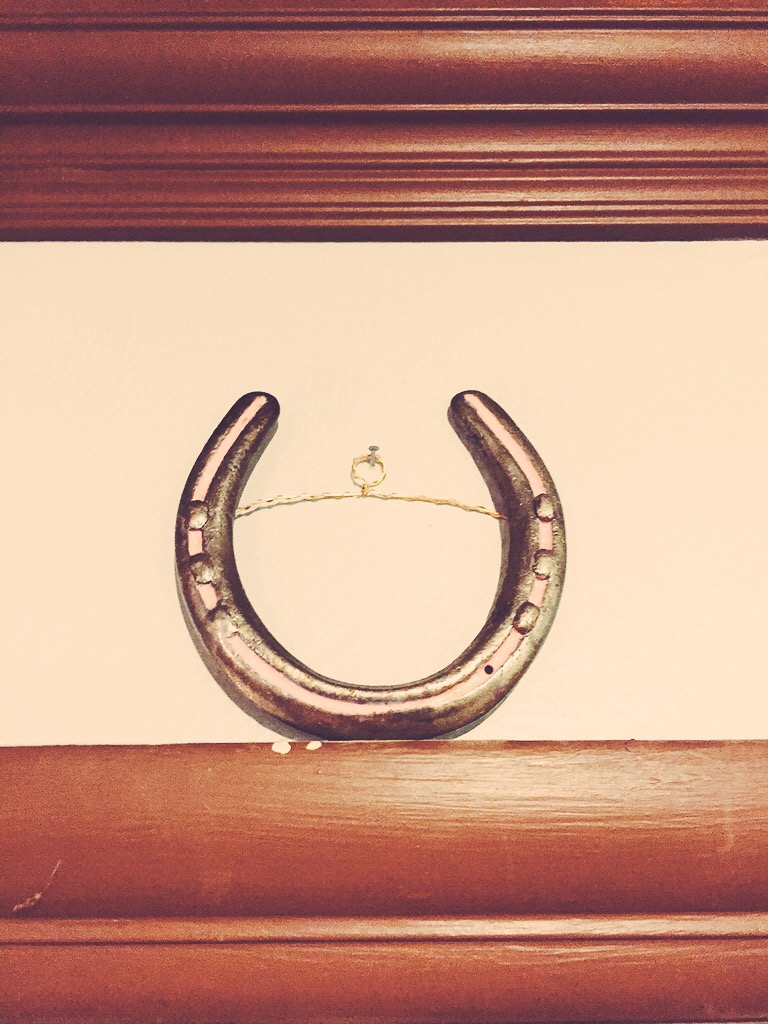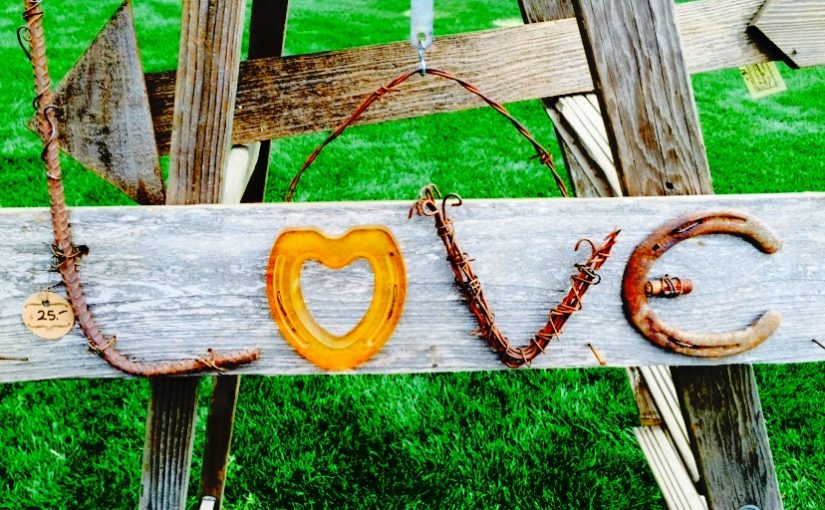There’s a reason the saying is “No hooves, no horse,” and not, “No expensive feed, no horse.” Or “No fancy tack, no horse.” While we might pay close attention to the “sexier” parts of our horses’ lives, their hooves are a constant—literally carrying us around—that we don’t give much attention to.
But we should. And we should be very thoughtful about who’s taking care of those hooves. I see so many posts on horse forums asking for farrier recommendations…the comments will rack up to overwhelming numbers. And probably there are some good names in the mix, and some not-so-good names. But how can you tell the difference?
Rather than getting names from a Facebook group that covers the whole spectrum of horse ownership, from pasture pets to thousands of dollars worth of performance horse flesh, I would look to those in your discipline. See who they’re using. Different shoers bring different styles and levels to the stable.
The business is still largely driven by word-of-mouth. There are some shoers who just do the basics and that’s all the owner needs: a regular trim and then turnout back in the field. Then there are shoers who cover hundreds of miles each week to shoe competitive show horses, horses with special footing needs, and everything in between. You can imagine the associated costs are on a spectrum as well.

Gather a few different names, ask them about what kind of shoeing they typically do. The point is not for you to know everything about shoeing, but to see if the farrier can talk to you about your needs and let you know how they’ll approach shoeing your horse. For example, when I recently switched farriers, after mine retired, the new farrier explained that he put a larger shoe on Gangster and asked me to let him know if Gangster had any issues or I noticed anything off. Not that he expected anything, but just as a heads up. Communication is key.
So how do you keep a good farrier when you finally land one? (Also don’t wait until the last possible minute to find a new farrier. Typically the farriers you want aren’t the ones who have a lot of free time in their schedules.) Below are 5 tips for keeping your farrier happy.
1. Don’t debate the price. If you don’t like the price, you can find Billy-the-back-field-farrier who’ll do it for less and probably take more off the hoof than you want. And he might not show up consistently either. Farriers aren’t antique stores, you’re not haggling on a dresser. They’re running a business, like a food cart or a feed store or …whatever else starts with an F. The price is the price. That’s what you pay. You’re paying for their years of on-the-job learning, actual schooling, continuing education, and the constant threat of your darling horse taking a chunk out of their backside. (More on this in a minute). If you’re complaining about the price, you come off as not valuing the service. One round with a bad farrier and a three-legged-lame horse and you’ll never make a peep about the price again. Yes, they can be expensive. Yes, it sucks the stupid hooves just keep growing and you have to keep paying. The same way you have to keep throwing hay in the mangers and shovel shavings in the stalls…just to shovel it back out a few days later. Thems the bricks of horse ownership. Find somewhere else to be frugal.
2. Pay your bill. I know, it’s a wild concept, but hear me out. Way back in the day when I was just a baby horse owner I gave my new-to-me farrier a check. It was a bouncy check. And it bounced right out of his account and triggered a phone call to me, his brand new client. Luckily he was very sweet and I paid in cash from then on. Bad at balancing your checking account? Pay them in cash. Or Venmo. Or Apple pay. Totally got plenty of money to pay the bill but just kinda, sorta lazy? Don’t be. They have overhead and mortgages and truck payments just like the rest of us. You paying your bill 6 weeks late does not give them the warm and fuzzies inside. And it definitely doesn’t inspire them to rescue you from a thrown shoe right before a big show.
3. Don’t micromanage your farrier. You can let them know what you’re worried about, you can have them talk to your veterinarian to discuss any ongoing issues, you can tell them what you’d like to do with your horse. But don’t tell them how to shoe the horse. I don’t care what article you read on the deep recesses of the internet. Your farrier is the one who apprenticed for years and went to trainings and then got good enough to get a word-of-mouth recommendation to you. Trust in their expertise.

4. Make your horse a good customer. A few years ago when my farrier was starting to cut back on clients he was debating about only keeping the clients he could see in the mornings, or keeping the clients who had nice and easy horses. He kept the nice and easy horses. Farriers do not care that you think it’s cute when your horse plays with your zipper and, oh look he likes the back support of the farrier’s apron. No. They do not like this at all.
Because at some point some sweet, playful, innocent little cupcake horse lipped the edge of your farrier’s apron and then decided to do a taste test on the flesh of their back. Keep your crossties short enough that your horse can’t swing his head around and nuzzle/threaten to skin your farrier. If your horse is really surly, you should be there. I don’t know if that duct tape on the nose trick works, but whatever you need to do, make sure your farrier’s safety is a priority. And definitely let them know if your horse is a little kicky with the hind feet. Farrier’s bodies are money. Broken bones are hard on the checking account. And as far as I know there’s no vacation bank in shoeing.
5. Don’t forget to say thank you! Everyone likes to feel appreciated, even if they’re doing a job you’re paying them to do. A little kindness (and maybe some cookies at Christmas) never hurt anybody.



One response to “How to Find (And Keep!) a Great Farrier”
I have found 2 farriers that are awesome! The first one was a family friend of the barn I boarded at. He built his business so big so fast that he started flaking out on client’s who made sure that the hooves were clean and not muddy. Paid on time and even tipped. I made sure that both horses were pain free before they were worked on and at Christmas time I gave him coffee cards and a hand knitted stocking cap to keep warm in the drafty barns. He no- showed on me twice in my busy schedule and I found another farrier to take his place. The second guy was the last one to put shoes on my old gelding Jethro. He actually teared up when I told him that he had crossed the Rainbow Bridge. He still came out to do the other horses in the barn including the little mini whinny who scared the bejeezus out of the full sized horses. He sat on the ground to give a pedicure to the mini and I had pictures of it at one point.
Would I recommend the second farrier? In a heartbeat! And when I find another horse to fill Jethro’s place I will be calling on him again.